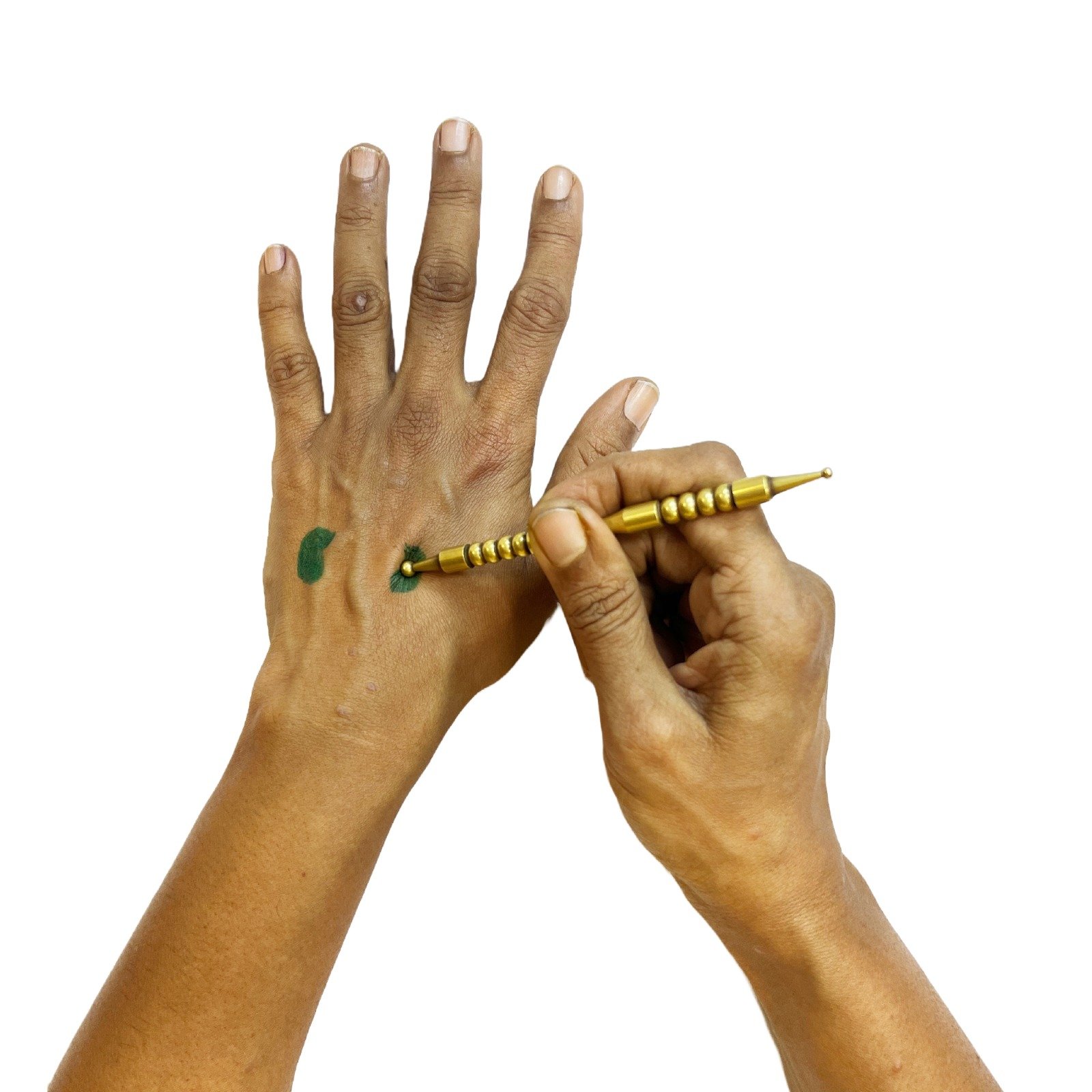3 Ways Chakras Affect Workplace Productivity

Key Takeaways:
- Balanced chakras = More focus, clarity, and reliance at work.
- Imbalance in chakras can lead to burnout, communication issues, creative blocks, and low motivation at work.
- Easy daily practices like breathwork, meditation, or chakra-based rituals can help you recharge and enhance performance without disrupting your workflow.
In today’s hustle-driven culture, productivity is framed as a battle of wills. But what if the key to unlocking your best self isn’t necessarily time management or better to-do lists, but your energy?
Chakras, the centers of energy within your body, are a powerful determinant of what you think, feel, and get done. With these energy channels in harmony, you are not just less stressed and burned out, you’re also less distracted and better focused.
How being chakra-balanced helps you work more effectively, yet less intensely.
1. Energy Alignment = Improved Focus

- All the chakras are accountable for some physical and emotional functions. If they are not aligned, they present themselves as mental confusion, emotional burnout, or the inability to concentrate.
- The Third Eye Chakra enables clearness, intuition, and quick decision-making – important traits for strategic thinking.
- A blocked Solar Plexus Chakra will create self-doubt and a lack of motivation.
- Root Chakra, when balanced, makes you grounded and increases inner calm, important for managing stress at work.
By aligning your chakras through morning breathwork, affirmations, or body scans, you’re syncing your inner energy with your business goals. The reward? Laser-like focus and fewer reactive stress reactions.
2. Chakra Balance Reduces Burnout and Stress
Burnout is not fatigue, it’s an energetic exhaustion warning sign.
When your Heart Chakra is blocked, it can be hard to connect with your co-workers and you may often feel drained from office interactions. When your Throat Chakra is blocked, it can be hard to express opinions in meetings or set healthy boundaries, and you may feel frustrated.
Including chakra-based healing in your daily routine like morning meditations, sound healing, or even wearing color-coded clothing (yes, really!) can get your system back into balance.
Ultimately, this decreases chronic stress, anxiety, and reactivity, and gives you more room to breathe, think, and thrive.
3. Boosting Creativity and Resilience through Energy Work

Creative block? Emotional overload? Low energy?
Too often, however, it’s the Sacral Chakra (which controls creativity and emotional expression) that requires a little attention. Activating this chakra with mindful movement (such as yoga or Qi Gong Sway), writing, or indulging in art can spark the creative force within and increase your bounce-back powers.
Likewise, an aligned Crown Chakra positions you firmly in a vision for the grand view – something every leader and team member can use in today’s hectic tempo of work life.
By making energy your top priority, you’re not merely avoiding burnout, you’re unlocking your mental sharpness, emotional equilibrium, and ability to produce.
Simple Ways to Start Chakra Alignment at Work
- Begin the day with a 5-minute chakra meditation.
- Use focus music or chakra sound frequencies while working.
- Keep a visual chart of the chakras or wear clothing in the color that represents an active energy center.
- Use grounding techniques like walking barefoot outdoors, or using essential oils.
- Take mindful breaks, listen to your body and breath.
Conclusion
Your energy speaks before you do. When your chakras are balanced, your work is more satisfying, your interactions more authentic, and your work more alive.
You don’t need to adopt a radical lifestyle change, just a few conscious minutes each day to tune in, rebalance, and reboot.
Ready to experience energy-driven productivity?

Discover chakra-based wellness workshops and healing sessions with Monisha’s Mantra.
Contact us to know more.






















































